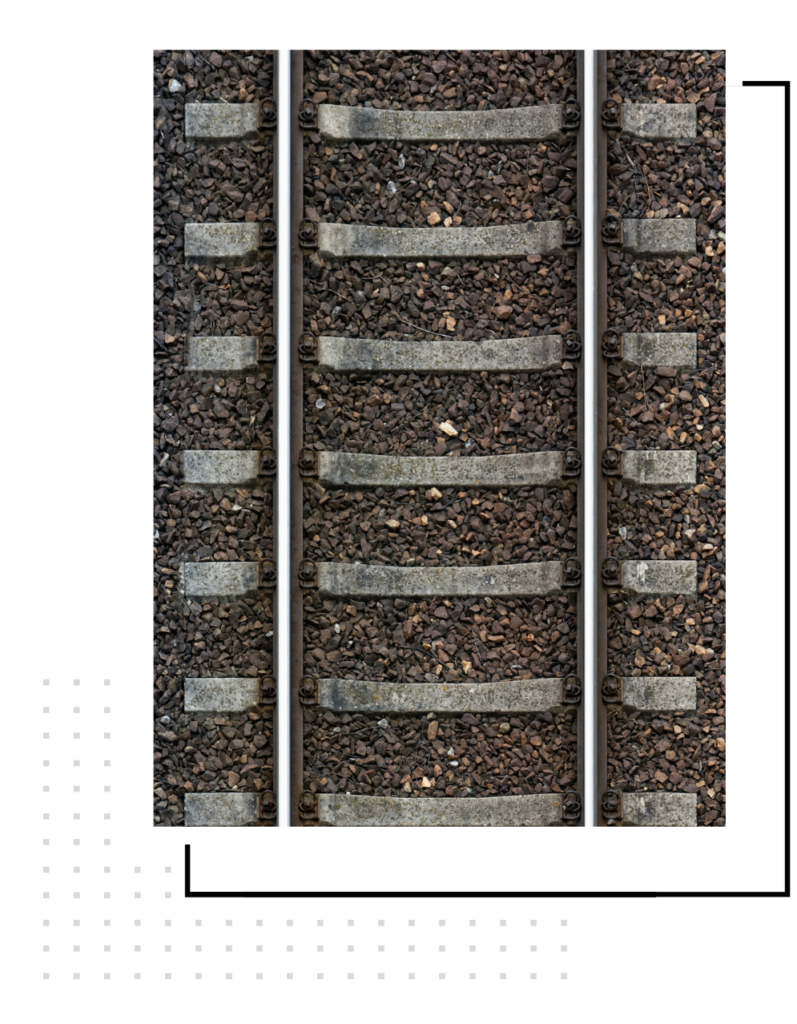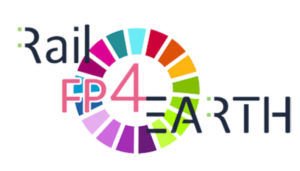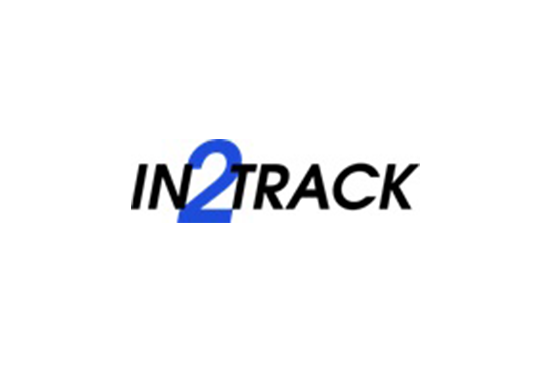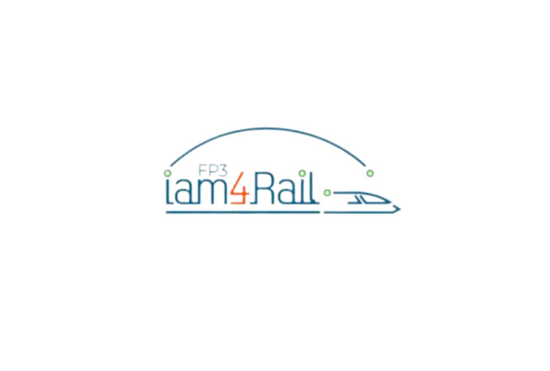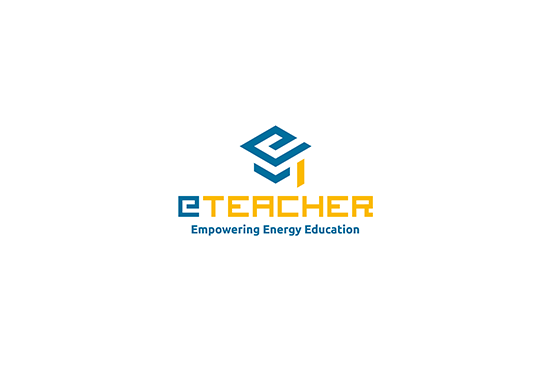
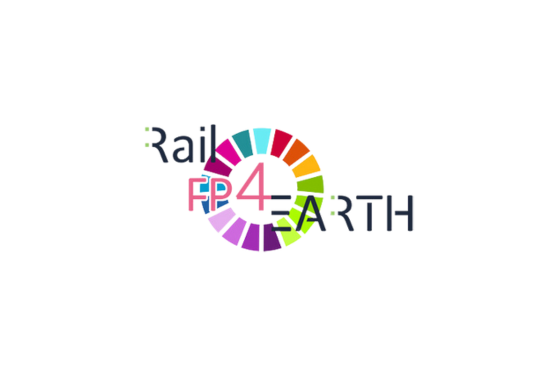
Gallery Info
Description
Rail4Earth project aims to cover the Sustainable and green rail systems including rolling stocks, infrastructures, stations and all of their related sub-systems. The objectives are to significantly progress on several families of Key Performance Indicators on different fields: technical, environmental, economical, standardisation. The decarbonisation of fuel trains, noise and vibration reduction, energy savings, circular economy, resource consumption, resilience to climate change and pandemic attack, attractiveness of passenger trains are at the heart of the proposed project. The consortium carrying out the project is made of recognized world-class know-how partners: operators, train and subsytems manufacturers, research and technology laboratories. It will perfectly identify the precise needs of operators including implicitly the European public policies of sustainable transports, including Climate Neutral Europe for 2050. It will provide the needed scientific and technical solutions via the development and demonstrations (up to TRL7) of new solutions increasing drastically the environmental performances of the railway holistic system. These new solutions will be proposed while verifying that they have viable economic models ensuring a rapid commercialization for the benefit of European citizens. Driven with a constant will for performance, the project will regularly quantify its KPIs progress and will communicate regularly with other ERJU projects as well as other European research entities such as Clean Hydrogen JU or Batt4EU so that all suitable synergies can be implemented.
CEMOSA's role
CEMOSA works on the implementation and demonstration of energy digital twins of railway stations (lighting, HVAC and scheduling) and flexibility mechanisms to create energy hubs for future energy markets.
More specifically, CEMOSA works on two demonstrators.
- María Zambrano railway station (Málaga – ADIF)
CEMOSA works on the development of a digital twin to integrate the lighting system with the train scheduling and increase the energy efficiency in the offices.
- RES Energy Hub (Poland – PKP)
CEMOSA implements flexibility mechanisms to exploit new facilities (RES, EV, batteries…) into future energy markets.


